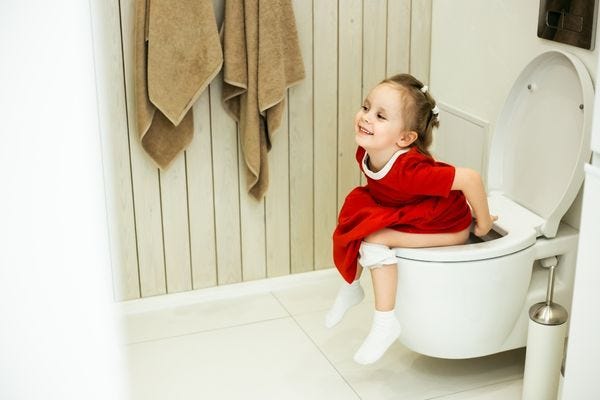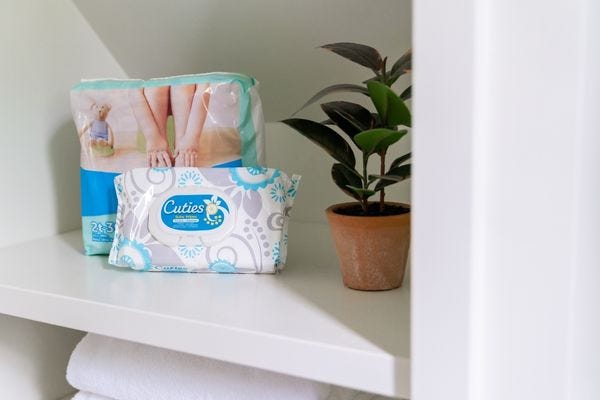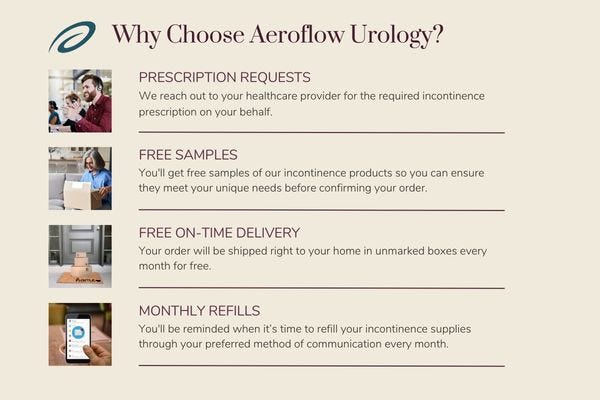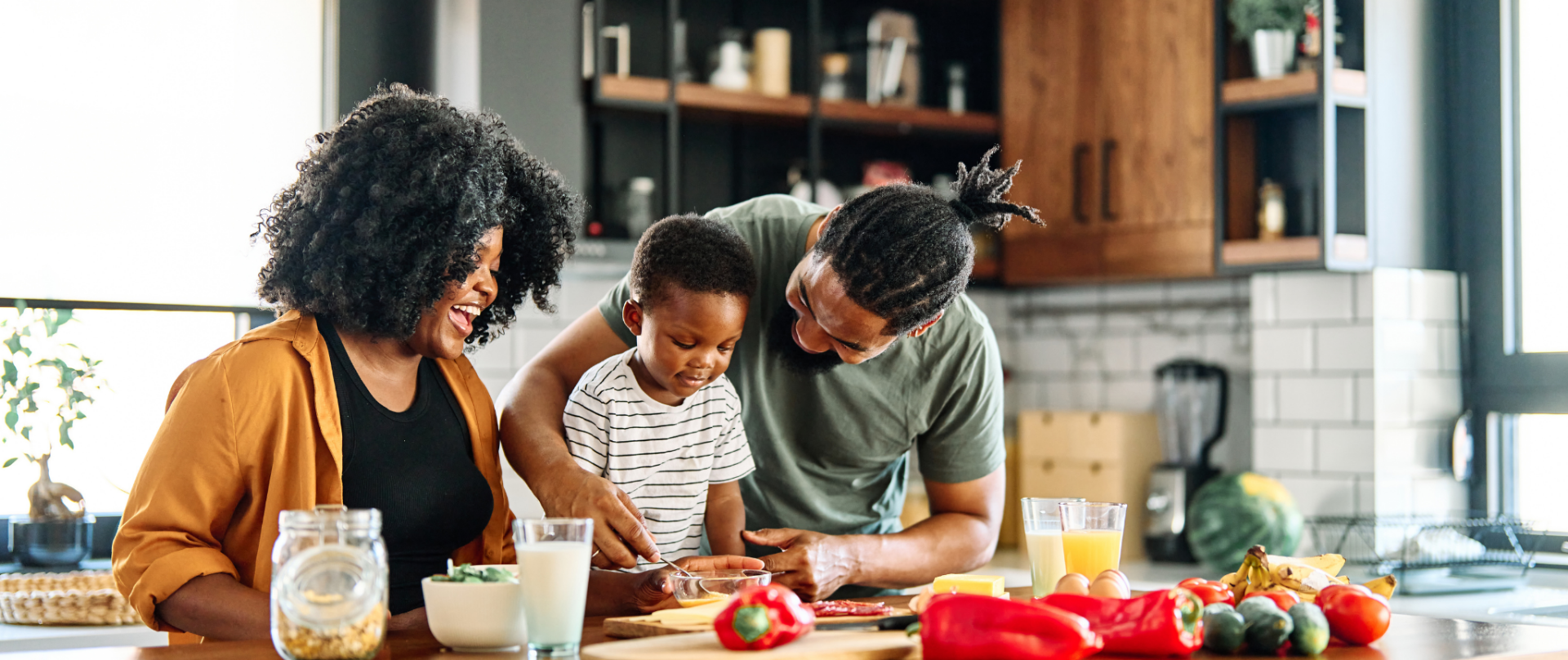Autism and Down syndrome are conditions that may cause toileting delays in children and bladder and bowel control issues in adults. Learn the difference between autism and Down syndrome and how those with the conditions are affected by incontinence.
The Difference Between Autism & Down Syndrome
Autism spectrum disorder (ASD) and Down syndrome (DS) are two different medical conditions. However, some children with Down syndrome – up to about 18% according to Autism Speaks - may also have ASD (referred to as DS-ASD), so the two are not mutually exclusive.
ASD
There is no one cause for ASD but people with the following conditions may be more at risk for developing ASD:
- A sibling with ASD.
- Complications at birth.
- Older parents.
- Chromosomal conditions, such as fragile X syndrome.
Check Your Eligibility
2 Easy Steps
From catheters to pediatric and adult incontinence supplies, discover the continence care essentials covered by your insurance.
People with ASD typically demonstrate repetitive behaviors and challenges with social communication and behavior. They may also have sensory challenges, restricted interests, and struggle with communication. Diagnosing ASD can be challenging as there is no screening or diagnostic blood test. Diagnosis relies on a child’s behavioral and developmental history and patterns. Symptoms often begin within the first several years of life but sometimes go unrecognized.
DS
People with DS (also known as Trisomy 21) have an extra copy of chromosome 21. This leads to symptoms inclusive of delays in language and speech as well as intellectual disability. Physically, people often present with “Trisomy 21 faces;” upward eye slant, flattened face, low muscle tone, and a single palm crease. These physical characteristics often lead to early diagnosis following birth. DS is often diagnosed quite early. It can be screened for during pregnancy and, if not detected, is often diagnosed after birth due to the baby’s appearance.
People with the dual diagnosis of DS-ASD may experience or exhibit symptoms of both ASD and DS.
Incontinence
Incontinence is a loss of bladder or bowel control that usually results in involuntary leakage.
Types of Incontinence
Stress incontinence: Leaking urine when laughing, coughing, sneezing, or exercising.
Urge incontinence: Also known as overactive bladder (OAB), symptoms include feeling the sudden and intense urge to urinate and using the bathroom more than usual.
Overflow incontinence: Being unable to empty the bladder fully, resulting in dribbling urine throughout the day.
Functional incontinence: Having control over the bladder and bowels but having accidents due to a mobility, cognitive, or environmental issue.
Fecal incontinence: Leaking fecal matter from the bowels.
Mixed incontinence: Experiencing one or more types of incontinence symptoms at the same time.
ASD & Incontinence
People with ASD can experience incontinence as well as challenges with or delays in toilet training. Depending on the symptoms someone with ASD experiences or exhibits, it may impact incontinence.
Research has shown that ASD patients with associated intellectual disability and with deficient verbal take longer to toilet train than those without intellectual disability or without deficient verbal skills, respectively. Children with ASD may take around 1.5 years to achieve bladder control and can take up to 3 years to learn how to control their bowel movements completely. Some children with ASD may also experience potty training regression.
Toileting Challenges With ASD
- Developmental delay: People with developmental delays may learn skills more slowly.
- Problems dressing: Children may not be able to dress or undress themselves to use the toilet.
- Anxiety: Some children with ASD have anxiety about using the toilet or making bladder or bowel movements.
- Sensory processing: Children may be afraid of the toilet flushing or may not be able to feel when they need to use the toilet.


- Language barriers: Communication can be a challenge for some children with ASD which delays their ability to use the toilet.
Some children never learn how to use the toilet or gain control of their bowels or bladder, leading to life-long incontinence. 82% of adults with ASD have some form of incontinence.
DS & Incontinence
People with DS can experience incontinence and struggle with toilet training. It’s recommended that children with DS wait until they’re around 3 years old to begin potty training.
Toileting Challenges With DS
- Cognitive ability: Some children with DS may have developmental delays that cause a delay in potty training.
- Fine motor skills: Dressing and undressing and wiping may be difficult for children with DS to complete due to a lack of fine motor skills.
- Communication barriers: Some children with DS may experience communication issues.
- Sensory processing: Sensory sensitivities may lead to fear or the bathroom.


- Gastrointestinal issues: Many children with DS have gastrointestinal issues such as constipation that lead to toileting delays.
Studies show that many adults with DS experience incontinence; around 22% of older adults with DS had incontinence.
Free Incontinence Products for People With ASD & DS
If your loved one has ASD or DS, they may need to use incontinence products while transitioning to the toilet or throughout their lifetime to manage leaks.
Incontinence Products for ASD & DS
- Pediatric diapers.
- Pediatric pull-ups.
- Adult briefs.
- Adult bladder control pads.
- Adult protective underwear.
- Underpads (chux).
- Booster pads.


Your loved one may qualify to get these incontinence products for free through insurance! With Aeroflow Urology, your loved one may be able to receive these products at no out-of-pocket cost every single month— all it takes is 5 minutes! Our Eligibility Form makes the insurance process simple. Fill out your loved one’s information and we’ll handle the rest. If they do qualify, you will...
- Receive free samples of incontinence products so your loved one can try them on before you confirm your order.
- Get free shipping straight to your door every month.
- Send you friendly reminders through text or email when it’s time to refill your supplies.
Powers, M. K., Brown, E. T., Hogan, R. M., Martin, A. D., Ortenberg, J., & Roth, C. C. (2015). Trends in Toilet Training and Voiding Habits among Children with Down Syndrome. The Journal of Urology, 194(3), 783–787. https://doi.org/10.1016/j.juro.2015.03.114
Jul 03;, A. S. D. N. U. 2019, Gubbiotti, M., Balboni, G., Bini, V., Elisei, S., Bedetti, C., Marchiafava, M., MEDLINE®/PubMed®, A. G. F., & Medicine, a database of the U. S. N. L. of. (n.d.). Bladder and Bowel Dysfunction in Adults With Autism Spectrum Disorders. PracticeUpdate. Retrieved January 30, 2023, from https://www.practiceupdate.com/content/bladder-and-bowel-dysfunction-in-adults-with-autism-spectrum-disorders/86263#:~:text=Urinary%20incontinence%20was%20present%20in
Niemczyk, J., von Gontard, A., Equit, M., Medoff, D., Wagner, C., & Curfs, L. (2016). Incontinence in persons with Down Syndrome. Neurourology and Urodynamics, 36(6), 1550–1556. https://doi.org/10.1002/nau.23146
Information provided on the Aeroflow Urology blog is not intended as a substitute for medical advice or care from a healthcare professional. Aeroflow recommends consulting your healthcare provider if you are experiencing medical issues relating to incontinence.











